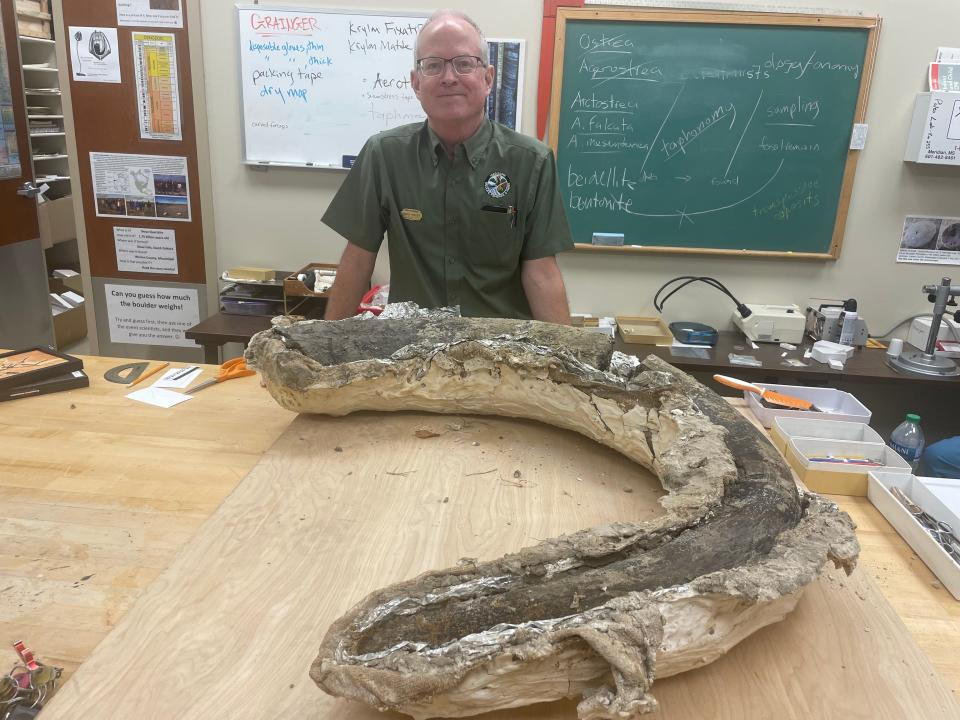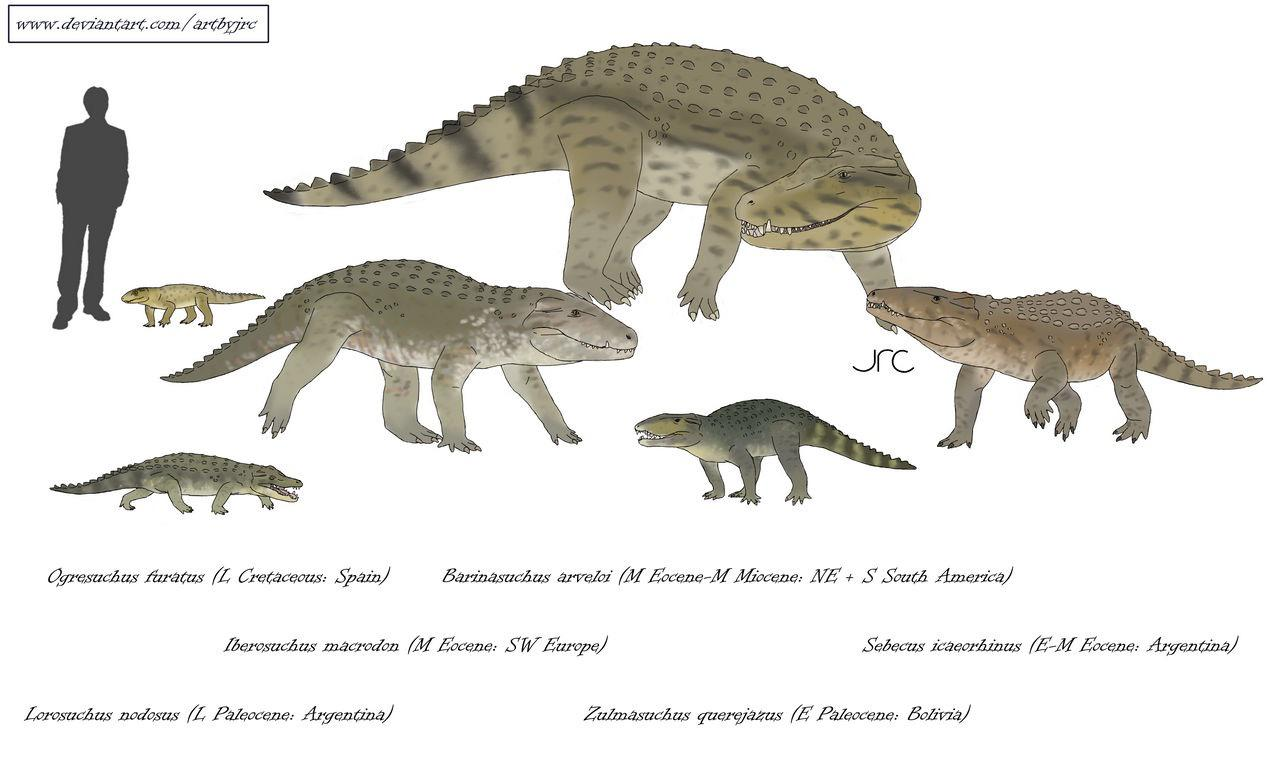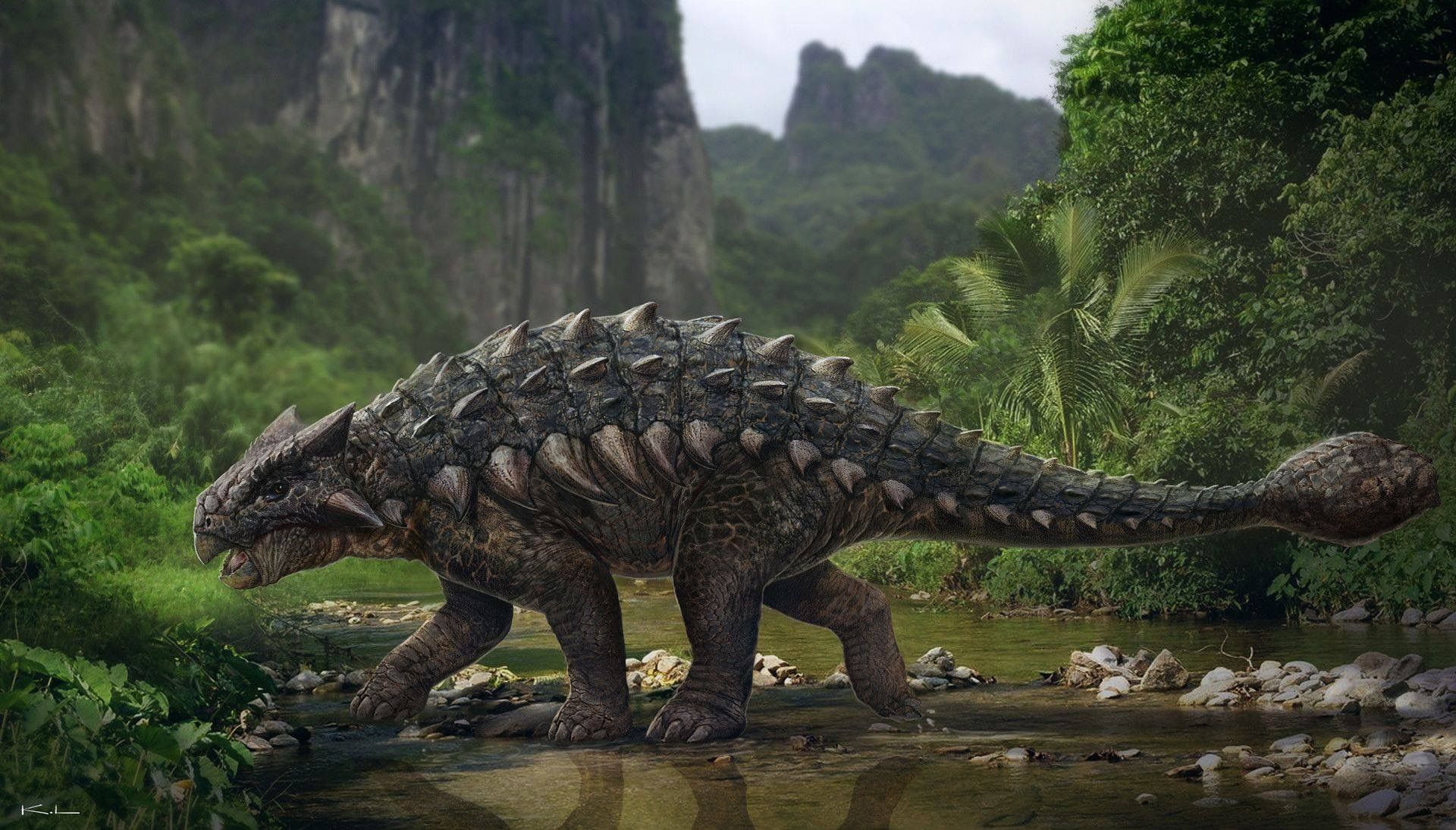The recent mammoth tusk discovery in West Texas has captivated archaeologists and fossil enthusiasts alike. This extraordinary find, stemming from the Ice Age, was originally spotted by a keen-eyed deer hunter who, believing it to be a fossil, shared his discovery with a ranch manager. Upon investigation, experts identified it as a mammoth tusk, likely belonging to the impressive Columbian mammoth, marking a significant addition to the region’s archaeological records. Located in an area rich with potential for fossil hunting, this particular specimen not only enhances our understanding of Ice Age mammals but also highlights the importance of proper mammoth tusk identification techniques. As researchers plan to conduct radiocarbon dating to unveil the tusk’s age, this remarkable discovery brings the ancient world of megafauna back into the spotlight, reigniting interest in West Texas archaeology and its prehistoric past.
The excitement surrounding this remarkable find is not merely about an ancient artifact; it signifies a deeper connection to our planet’s prehistoric inhabitants. This newly uncovered artifact marks the resurgence of interest in the extensive and rich legacy of large mammals from the Ice Age in North America. With specialists from various fields coming together to analyze this mammoth tusk, the collaborative efforts exemplify the dynamic nature of modern fossil studies. The value of such ancient relics extends beyond their physical attributes, as they offer valuable insights into the ecological and climatic conditions that prevailed during the time of the Columbian mammoth. As researchers delve into this unique archaeological treasure, the story of an entire era continues to unfold, shedding light on the fascinating relationship between early humans and these magnificent giants.
The Significance of the Mammoth Tusk Discovery in West Texas
The recent discovery of a mammoth tusk in West Texas holds significant archaeological and paleontological value. Mammoth tusks, particularly from the Columbian mammoth, are rare finds, especially in regions where Ice Age fossils are not commonly unearthed. This fossil discovery not only enriches our understanding of the area’s prehistoric life but also adds a crucial piece to the puzzle of mammoth existence in North America. The interdisciplinary efforts of scientists and researchers illustrate the importance of collaboration in uncovering the mysteries of our prehistoric past.
Identifying and studying this mammoth tusk allows researchers to explore new facets of the Ice Age in West Texas. Through advanced techniques such as radiocarbon dating, scientists will be able to estimate the age of the tusk and gain insights into the climate and environmental conditions during the time of the Columbian mammoth. Each find like this contributes to the growing narrative of how these majestic creatures interacted with their environment and sets the stage for understanding their eventual extinction.
The Role of Fossil Hunting in Archaeology
Fossil hunting is an essential practice that can lead to groundbreaking discoveries in archaeology. It involves the systematic search for remnants of ancient life, offering a glimpse into the ecosystems that existed millions of years ago. In West Texas, where the mammoth tusk was discovered, fossil hunting has revealed much about the region’s prehistoric inhabitants and the creatures that roamed the land. Individuals, like the deer hunter who first spotted the tusk, play a pivotal role in these discoveries, often serving as informal archaeologists in their own right.
The excitement of fossil hunting attracts both amateur and professional archaeologists alike. Each fossil found, whether it be a bone, a tusk, or any other remnant, opens doors to understanding the behavioral patterns, habitats, and even the causes of extinction among Ice Age mammals. The collaboration between hunters and professional researchers enhances the potential for significant finds, as evidenced by the recent mammoth tusk discovery. This partnership fosters a rich exchange of knowledge and ignites a passion for uncovering the history hidden within our landscapes.
Understanding the Columbian Mammoth
The Columbian mammoth, a remarkable ice age giant, is known for its impressive size and characteristics. Proportioned differently from its woolly counterpart, the Columbian mammoth could stand nearly 13 feet tall and weigh around 10 tons, making it one of the largest mammals of its time. Evidence suggests these majestic creatures thrived in various climates across North America, including present-day Texas, prior to their extinction approximately 11,700 years ago. Studying fossils like the recently discovered tusk allows scientists to piece together how and where these animals lived.
Fossil remains, such as tusks, provide vital information regarding the Columbian mammoth’s dietary habits and social structures. Researchers can examine wear patterns on the tusks to deduce their feeding behavior and analyze isotopes to understand their habitat preferences. As scientists continue to investigate the tusk discovered in West Texas, they not only seek to understand the animal itself but also explore the broader ecological context of the era, including the interplay between climate changes and human activities that may have contributed to the extinction of these magnificent creatures.
Ice Age Fossils: A Glimpse into the Past
Ice Age fossils, such as mammoth remains, serve as windows into a world long gone, allowing researchers to understand the creatures and environments of the era. These fossils reveal critical details about the climate, flora, and fauna of North America during the last Ice Age, shaping our understanding of evolutionary processes. West Texas, although not as well known for fossil finds as other regions, has slowly begun to contribute to the broader narrative of Ice Age mammals due to discoveries like the mammoth tusk.
The preservation of Ice Age fossils provides an essential record that helps researchers track changes in biodiversity over millennia. Each fossil discovery leads to questions about extinction events, adaptations, and the relationships between different species. Exploring the findings of the mammoth tusk will not only add to the rich tapestry of Ice Age fossils but can also help in piecing together how these magnificent creatures coexisted with early humans and what ultimately led to their disappearance.
The Interdisciplinary Approach to Archaeological Discoveries
The discovery of the mammoth tusk showcases the importance of an interdisciplinary approach within archaeology. Collaboration among specialists—archaeologists, paleontologists, and environmental scientists—facilitates a comprehensive understanding of artifacts and fossils. In this case, researchers from various backgrounds came together to analyze the specimen, emphasizing how teamwork can enhance the depth of scientific inquiry. Each expert contributes unique perspectives and methodologies, enabling more robust research outcomes.
As interdisciplinary teams tackle complex discoveries, they not only uncover new data about the specific artifacts but also foster advances in technology and research methodologies. The collaborative effort seen in the identification of the mammoth tusk highlights the critical role of community engagement alongside scientific engagement. It emphasizes how local hunters and professional researchers alike can contribute to an enriched understanding of our shared history and the importance of maintaining these valuable connections.
Challenges in Mammoth Tusk Identification
Mammoth tusk identification presents various challenges for researchers working in the field of paleontology. The difficulty often lies in distinguishing mammoth tusks from other similar materials or fossils, especially when they are found in less conventional contexts, like a creek bed. As shown in the recent West Texas discovery, initial skepticism can arise, and further expertise is required to confirm the authenticity of such finds. This challenge underscores the necessity of collaborative analysis with experienced paleontologists.
Misidentification could lead to misinformation about the historical and ecological narratives tied to these remains. Thus, establishing protocols and methods for reliable identification is essential. The use of advanced imaging techniques, combined with traditional investigative approaches, aids researchers in ensuring the accuracy of their findings. Continued study of the mammoth tusk located in West Texas will likely contribute to more refined techniques going forward, enhancing the accuracy of mammoth fossil identification across North America.
Implications of Climate Change on Ice Age Mammoths
The extinction of Ice Age mammals, including the Columbian mammoth, has long been debated among scientists, with climate change being a significant factor in their decline. As temperatures fluctuated during the transition out of the Ice Age, the habitats of these mighty creatures shifted, often resulting in loss of food sources. Understanding how climate change affected mammoths is crucial, as it provides insight into the broader ecological implications of environmental shifts. The study of the mammoth tusk may yield important data regarding their adaptation strategies.
By examining the climate adaptations of the Columbian mammoth, researchers can draw parallels relevant to today’s shifting environmental conditions. The survival of Ice Age mammals amid changing climates offers lessons about resilience and vulnerability in species. The mammoth tusk unattached to any other remains poses questions about the ecological conditions during its existence, helping to inform ongoing discussions about extinction and adaptation in both past and present contexts.
The Uniqueness of the West Texas Archaeology Scene
West Texas may not be the first location that comes to mind regarding archaeological importance, yet the recent mammoth tusk discovery indicates a rich, untapped history that merits exploration. This region features unique geological and environmental conditions that can yield noteworthy fossil finds, making it a promising area for future research. The juxtaposition of ancient landscapes with modern development creates both challenges and opportunities for West Texas archaeology.
As the mammoth tusk discovery sheds light on West Texas’ past, it also inspires a new generation of fossil hunters and researchers. The potential for uncovering further Ice Age fossils motivates continued exploration, fostering an appreciation for the natural history that resides in the region. Collaborative efforts among local communities, universities, and colleges can create a network that not only preserves these findings but also educates future generations about the importance of archaeology in understanding our shared past.
Living in the Footprints of Mammoths: Modern Interactions
Discoveries like the mammoth tusk can invigorate local communities’ connections to their prehistoric past. As residents become more aware of the ancient creatures that once roamed their land, like the Columbian mammoth, they foster a sense of pride and stewardship for their environment. This engagement bridges the gap between historical research and modern-day practices, encouraging sustainable interactions with the land based on an understanding of its evolutionary history.
Additionally, educational programs highlighting the significance of discoveries like this mammoth tusk can inspire curiosity and excitement about paleontology among community members. By recognizing the historical footprint of these megafauna in West Texas, local citizens may develop a stronger interest in archaeology and geosciences, contributing to ongoing and future research efforts. This relationship assists in fostering a culture that values and prioritizes the preservation of ancient sites, ensuring their story continues to be told.
Frequently Asked Questions
What was discovered during fossil hunting in West Texas?
During fossil hunting in West Texas, a deer hunter discovered a mammoth tusk, an exceptionally rare find in the region. The tusk was identified by an interdisciplinary team of researchers who confirmed its significance as more than just a common fossil.
How do researchers identify a mammoth tusk?
Researchers identify a mammoth tusk through detailed examination and collaboration among specialists in paleontology and archaeology. In this case, experts at Sul Ross State University used fossil identification techniques and their expertise to confirm the specimen was indeed a mammoth tusk.
What is the significance of the mammoth tusk discovery in relation to Ice Age fossils?
The mammoth tusk discovery is significant as it adds to our understanding of Ice Age fossils in North America. Such finds provide insights into the habitats and behaviors of prehistoric species, including the Columbian mammoth, which roamed areas like West Texas.
What can we learn from studying the identified mammoth tusk?
Studying the identified mammoth tusk can reveal important information regarding the age of the specimen through radiocarbon dating, as well as insights into the life and environment of the Columbian mammoth and the ecological dynamics during the Ice Age.
What challenges do researchers face in fossil hunting for mammoth remains?
Researchers face challenges in fossil hunting for mammoth remains, such as the rarity of discoveries like the mammoth tusk, the potential for isolated finds with no associated remains, and the need for careful excavation and transportation of delicate fossils to avoid damage.
Why is the mammoth tusk an important find for West Texas archaeology?
The mammoth tusk is an important find for West Texas archaeology because it represents a rare glimpse into the prehistoric past of the region, highlighting the presence of megafauna like the Columbian mammoth and enhancing understanding of the area’s ancient ecosystems.
How does carbon dating help in understanding mammoth tusk age?
Carbon dating helps in understanding mammoth tusk age by allowing researchers to determine the time period the mammoth lived based on organic material decay. Modern techniques have improved precision in dating, reducing error margins significantly compared to earlier methods used in the 1960s.
What kind of mammoth is most likely represented by the discovered tusk?
The mammoth tusk discovered in West Texas is most likely representative of a Columbian mammoth, a close relative of the woolly mammoth known to inhabit North America, including regions of Texas, before their extinction around 11,700 years ago.
| Key Points |
|---|
| A deer hunter discovered what was thought to be a fossil while hunting in West Texas. |
| The object was confirmed to be a mammoth tusk, a rare find in West Texas. |
| An interdisciplinary research team was assembled to investigate and retrieve the tusk. |
| The researchers used plaster-covered burlap to wrap the tusk for transport after confirming its identity. |
| Plans are in place to study the tusk further, including radiocarbon dating to estimate its age. |
| The tusk might belong to a Columbian mammoth, which was common in North America before their extinction about 11,700 years ago. |
| The find offers insights into Ice Age megafauna and the ancient environment of Texas. |
Summary
The mammoth tusk discovery in West Texas marks a significant archaeological finding, shedding light on the region’s prehistoric past. This remarkable fossil, discovered by a deer hunter, has provided an exciting opportunity for researchers to explore the life of the Columbian mammoth, which once roamed North America. Through detailed investigation and radiocarbon dating, experts aim to unravel the secrets of this majestic creature and its environment, enhancing our understanding of Ice Age ecosystems. Such discoveries not only captivate our imagination but also remind us of the diverse wildlife that once thrived in Texas.



